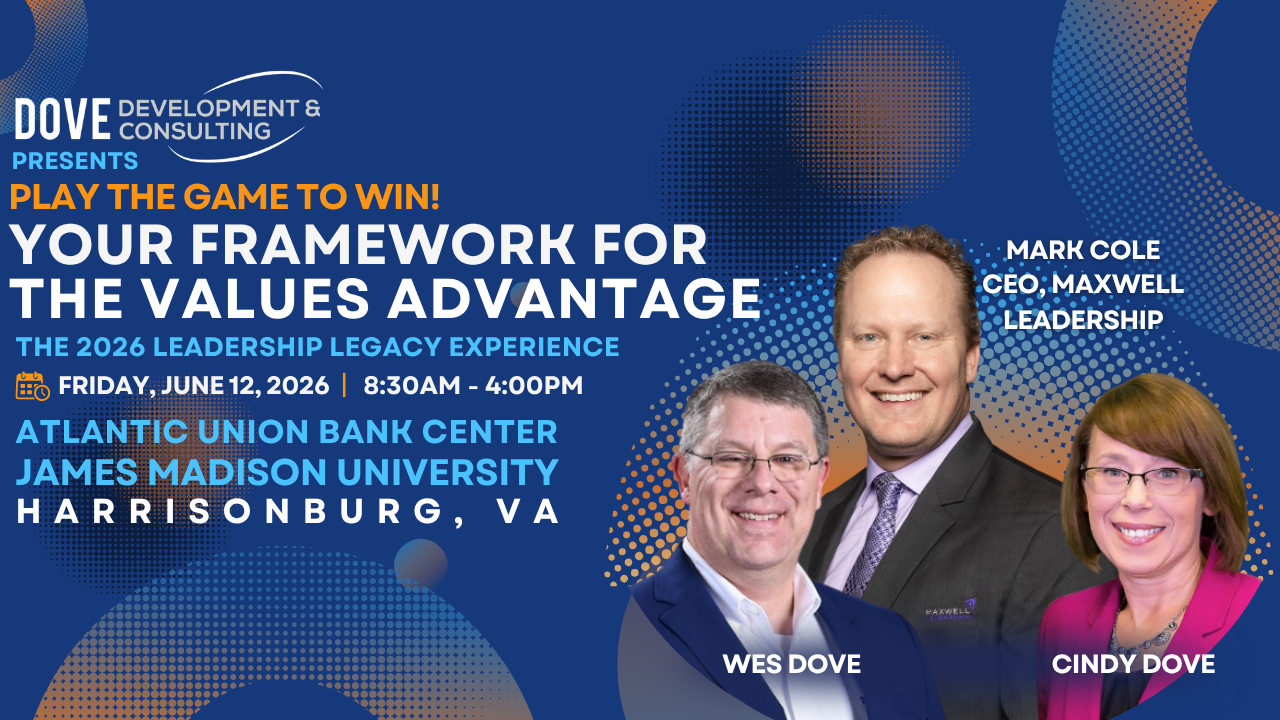Strategies for Self-Leadership
Jan 11, 2022
Having recently looked at how important it is for each of us to develop self awareness as leaders, let’s get down to business and begin working through ways we can become strategic about building that self-awareness so we’re prepared to deal with the toughest person we’ll ever be required to lead.
Nearly 2,500 years ago, Socrates said that “to know thyself is the beginning of wisdom.” We’ve already looked at how much this ties into our overall emotional intelligence and how that “accounts for 58% of performance in all job types” accounting to Travis Bradberry. If that’s really the case in ALL job types, even those typically considered to be “individual contributors,” wouldn’t it stand to reason that having a high level of self-awareness is even more important when we’re responsible for leading others? After all, leadership is a heavy weight to carry when we consider the ripple effect it has on so many lives we may never even touch directly!
To be the best leader we can possibly be, for the people around us and for ourselves, we need to get good at effectively leading that toughest person we’ll ever have to lead; ourselves! We’ll start working through a strategic but practical process for that soon. Before we both with any of that though, it would serve each of us well - at least if we’re serious about getting the best results we possibly can from the time and energy we invest - to have a solid understanding of our own strengths and blind spots with regards to how we’re wired, and more specifically, how we lead others.
It’s probably been twenty years since I first heard an analogy that we each have four windows we can be seen through (a version of what I’ve since learned to be The Johari Window Model); what we know about ourselves that no one else knows, what we know about ourselves and everyone else knows, what everyone else knows about us but we don’t know, and the things that no one at all knows about us. I don’t remember the complete context of the story when I first heard this explained but the idea was to work to become familiar with our blind spots, the ones other people are aware of but we’re not as well as the ones that no one is currently aware of.
Learning about the blind spots we have but others are aware of isn’t all that difficult assuming we have people in our lives that we trust implicitly to provide us with candid, compassionate input on what they’re seeing but we’re not tuned into. Discovering the things that no one knows about us, but still make up a part of who we are, is a bit of a taller task… But even the first can be daunting if we’ve never opened ourselves up enough to solicit that kind of input! And sometimes finding that person who can combine candor with compassion without having any underlying motives can be an even taller task…
Regardless of where we’re at with getting input from others around us, you’ve likely heard me say that the one thing that’s given me the most applicable insight on who I am and how I’m wired has been the results from a scientifically validated DISC assessment. Nearly 100% of the times that Cindy and I work with individuals or teams to help them build more effective communication processes into everything they do, and to increase their emotional intelligence through a practical set of steps, we recommend a short, simple, Adult Concise DISC assessment that provides a solid report for less than $13 - the least expensive I’ve ever seen that actually gives usable data. But if someone is really serious about learning how their blind spots impact the way they lead others, going deeper with a more comprehensive Leadership Assessment is likely the way to go. In either case, we’re provided with a look at how we’re wired to behave and to communicate with the people around us.
Moving forward here, we’ll look at how we can use that information to create our own strategic approach to leading ourselves well so that we’re the best we can be for the people who count on us…


